Photography Timeline (1827-1849)
| 1827 |
|
| 1829 |
4th of January, Joseph Nicéphore Niépce and Louis Jacques Mandé Daguerre form a 10-year partnership to develop photography. |
| 1832 |
Joseph Plateau builds the Phenakisticope, an optical toy, that creates the illusion of movement by mounting drawings on the face of a slotted, twirling disk. Wheatstone invents a non-photographic stereoscopic viewing device. |
| 1833 |
William Henry Fox Talbot begins experimenting with photogenic drawings. Joseph Nicéphore Niépce, responsible for creating the first picture, dies on the 5th of July. Peter Barlow invents a negative lens which, when fitted to a telescopic eyepiece, extends the effective focal length just as a teleconverter does. |
| 1835 |
William Henry Fox Talbot photographs window at Lacock Abbey. |
| 1837 |
|
| 1839 |
The Petzval lens is introduced. Hippolyte Bayard produces direct-positive images on sensitized paper. The daguerreotype is publicly announced at the Academy of Sciences in Paris.
Alexander Wolcott receives first American patent in photography for his camera. |
| 1840s |
Portrait photography studies by D.O. Hill and Robert Adamson. |
| 1841 |
William Henry Fox Talbot patents the Calotype process which is the first negative to positive process. The idea of a negative to positive process remains in dominate use today (before the digital camera). |
| 1843 |
In Edinburgh, D. O. Hill and Robert Adamson open portrait studio. Trader Ueno Shunnojo-Tsunetari (1790-1851) brings a daguerreotype camera to Nagasaki, Japan but does not unload it. The first photographically illustrated album entitled: British Algae: Cyanotype Impressions, is created by Anna Atkins. |
| 1844 |
William Henry Fox Talbot publishes Pencil of Nature. |
| 1845 |
Mathew Brady photographs famous persons of the time, Daniel Webster, Edgar Allan Poe, James Fenimore Cooper and others. |
| 1847 |
Upon improving on William Henry Fox Talbot's Calotype process, Louis Désiré Blanquard-Evard sets up a photographic printing establishment. |
| 1848 |
Claude Felix Abel Niépce de Saint-Victor uses albumen on glass plates for negatives. In Nagasaki, trader Ueno Shunnojo-Tsunetari (1790-1851) imports Japan's first daguerreotype camera from Holland. |
| 1849 |
Maxime Du Camp photographs monuments in Egypt. Lord Shimazu Nariakira acquires a daguerreotype camera from Ueno Shunnojo-Tsunetari and experiments with it. The 23-year-old mathematician Carl Kellner from Hirzenhain establishes an "Optical Institute" in Wetzlar for the development of lenses and microscopes. |
 In June,
Frenchman Joseph Nicéphore Niépce, using an eight hour exposure and
materials that hardened on exposure to light, creates the first
photograph.
In June,
Frenchman Joseph Nicéphore Niépce, using an eight hour exposure and
materials that hardened on exposure to light, creates the first
photograph.